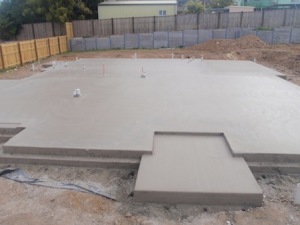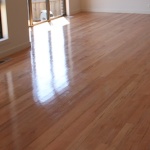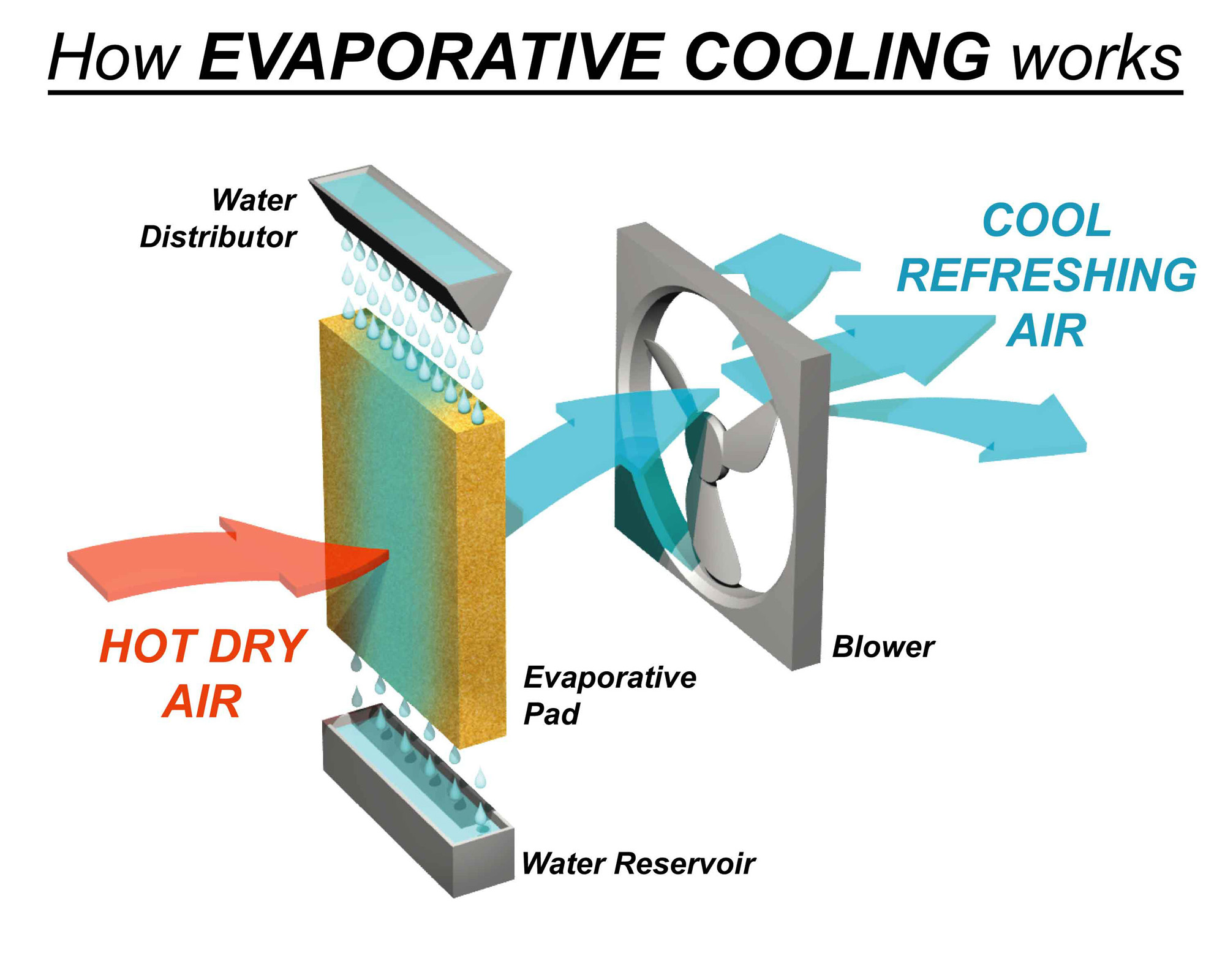 Choosing a foundation for your new home is going to depend on the type of soil you are building on and the type of home you are constructing. If the soil is poor quality or you are building a big house, you’re going to need a deep foundation, but most sites only really need a shallow foundation. Let’s look at the three most common types of foundations.
Choosing a foundation for your new home is going to depend on the type of soil you are building on and the type of home you are constructing. If the soil is poor quality or you are building a big house, you’re going to need a deep foundation, but most sites only really need a shallow foundation. Let’s look at the three most common types of foundations.
The slab is a critical part of your new home as it is the foundation upon which the house will be built.
Concrete Slabs
This type of foundation is very common and straightforward – a slab of concrete is poured to create the foundation of your new home. The slab is usually about 10 to 20 centimetres thick and has steel rods or mesh included in with the concrete to help prevent faulting and cracking.
One of the biggest advantages of concrete slab foundations is the cost. They’re the most inexpensive of foundations and also the quickest to install. You don’t need subfloor joists to support the building.
Suspended Slabs
Suspended slabs are laid above ground level so they don’t come into direct contact with the earth. These slabs are used typically to create the upper storey of a home but they can be used on top of pre-constructed walls to create a ground floor.
Suspended slabs are ideal where other slabs can’t be used, such as on sloping land. They allow for access to under floor areas, too, and are pretty easy to install once the houses’ supports are in place. Furthermore, these slabs are more effective than joists when it comes to noise-reduction from the upper floors.
Floating Concrete Slabs
A floating slab doesn’t use footings. The foundation literally floats on the earth, moving as temperatures cause the soil to expand and contract. Garage floors are commonly made with floating slabs.
Floating slabs are also an inexpensive method of foundation but the repair bills can add up when the plumbing, which is laid beneath the foundation, requires work. However, in our warmer climate, these slabs are perfect since they tend not to flex much owing to fewer extreme temperature changes. They also help to cool the house since cool temperatures are drawn up through the slab that then disperses the cooler air throughout the home.
The choice of slab will depend on the condition of your soil and whether your block has any slope or other issues. The slab is a critical part of your new home as it is the foundation upon which the house will be built.
What slab is your house built on?





